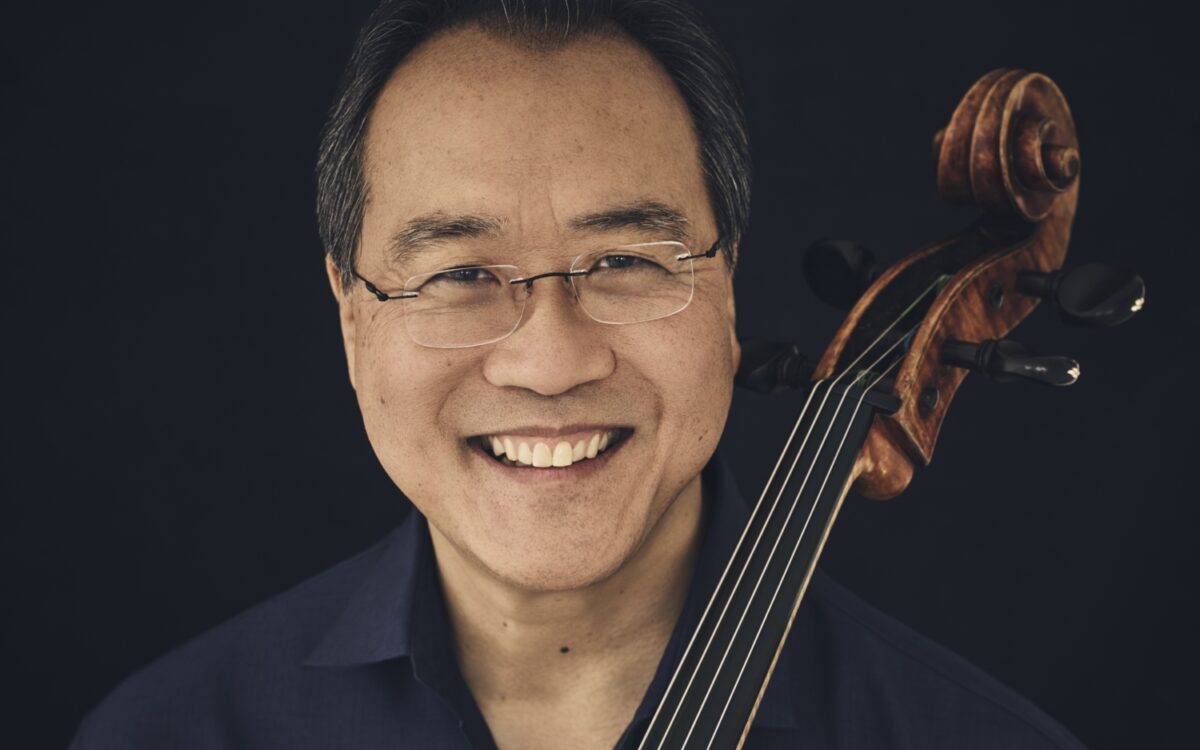Cello Concerto in A minor, Opus 129
Composition and premiere: Schumann wrote the Cello Concerto in fifteen days in October 1850, but it was not performed in his lifetime; the premiere took place June 9, 1860, at the Leipzig Conservatory with Ludwig Ebert as soloist, posthumously marking the composer’s 50th birthday. First BSO performance: February 4, 1888, Wilhelm Gericke conducting, BSO cellist Fritz Giese, soloist. First Tanglewood performance: August 8, 1946, Serge Koussevitzky conducting the BSO, Gregor Piatigorsky, soloist.
On September 1, 1850, the Schumanns—Robert, Clara, and six children—moved to Düsseldorf after six stultifying years in Dresden, a city of which Clara said, “everything seems so antiquated here. Not a single intelligent person can be seen on the street; they all look like Philistines! Musicians one doesn’t see at all.” An offer had come along for Robert to succeed Ferdinand Hiller as conductor of the Düsseldorf Music Society. Düsseldorf had a reputation as a conductor-eating town (why was Hiller so eager to move on to Cologne?), but Schumann badly wanted an orchestra of his own; he was not only bored in Dresden, but angry because the opera there had declined to stage his Genoveva; and he was willing to give Düsseldorf a try.
By the time Schumann arrived in his new Rhineland home, he was in high spirits, and he and Clara were welcomed by a serenade and a combined concert, supper, and ball, tendered by the local musicians. Clara worried about social standards in Düsseldorf, especially “the breezy, unconstrained conduct of the women, who at times surely transgress the barriers of femininity and decency….Marital life is more in the easygoing French style.” Both Robert and Clara were distressed by the noisiness of their first apartment, but a Rhine excursion at the end of the month and a move to quieter quarters helped. (All Clara could do about the Düsseldorf ladies was to avoid them.)
But contentment in Düsseldorf was destined to be brief. Unequal to the requirements of the position, Schumann was asked to resign in October 1852. The matter was smoothed over for the moment, but not quite a year later he had, in fact, led his last concert. Four months after that, having thrown himself into the Rhine in a suicide attempt, he was committed into Dr. Richarz’s hospital at Endenich, where he died two-and-a-half years later. But all that is another story. The Düsseldorf episode began with Schumann in a state of enormous creative energy. He composed his Cello Concerto in just fifteen October days, and in what remained of 1850 and in 1851 he wrote the Rhenish Symphony, revised his D minor symphony into what he considered its definitive form (Symphony No. 4), and wrote two violin sonatas, the Märchenbilder for viola and piano, two substantial cantatas, and a number of overtures on literary themes.
Clara Schumann was delighted by the new concerto. “It pleases me very much and seems to me to be written in true violoncello style,” she noted in her diary on November 16, 1850. The following October she wrote: “I have played Robert’s Violoncello Concerto through again, thus giving myself a truly musical and happy hour. The romantic quality, the vivacity, the freshness and humor, also the highly interesting interweaving of violoncello and orchestra are indeed wholly ravishing, and what euphony and deep feeling one finds in all the melodic passages!” Robert seems to have had reservations, but we know only that he cancelled plans for a performance in the spring of 1852 and that he did not send it to Breitkopf & Härtel, the Leipzig publishers, until 1854.
In this concerto we glimpse the experimental side of Schumann’s temperament. He is interested here in compression and in finding new ways to connect the parts of a multi-movement composition. Both the initial chords for woodwinds with pizzicato strings and the wonderful cello melody to which they open the door have more than local functions. The idea of the chords pervades the slow movement, and the cello theme turns into a recitative—shared fascinatingly and poignantly by soloist and orchestra—that forms the bridge from the second movement to the finale. Each movement is linked to the next, and the middle one, though it sets out in gloriously expansive song, has something of the character of a bridge or an intermezzo. The device of using a solo cello in the orchestra is one that Robert borrowed from Clara’s piano concerto of 1836, in whose orchestration he may, however, have had a hand. The shift into 6/8 time for the last pages of the finale is a device that Brahms obviously found worth imitating, and often. Just before that happens in this concerto, Schumann introduces a brief accompanied cadenza, an inspiration to Elgar and probably also to Schoenberg and Walton in their violin concertos.
MICHAEL STEINBERG
Michael Steinberg was program annotator of the Boston Symphony Orchestra from 1976 to 1979, and after that of the San Francisco Symphony and New York Philharmonic. Oxford University Press has published three compilations of his program notes, devoted to symphonies, concertos, and the great works for chorus and orchestra.


